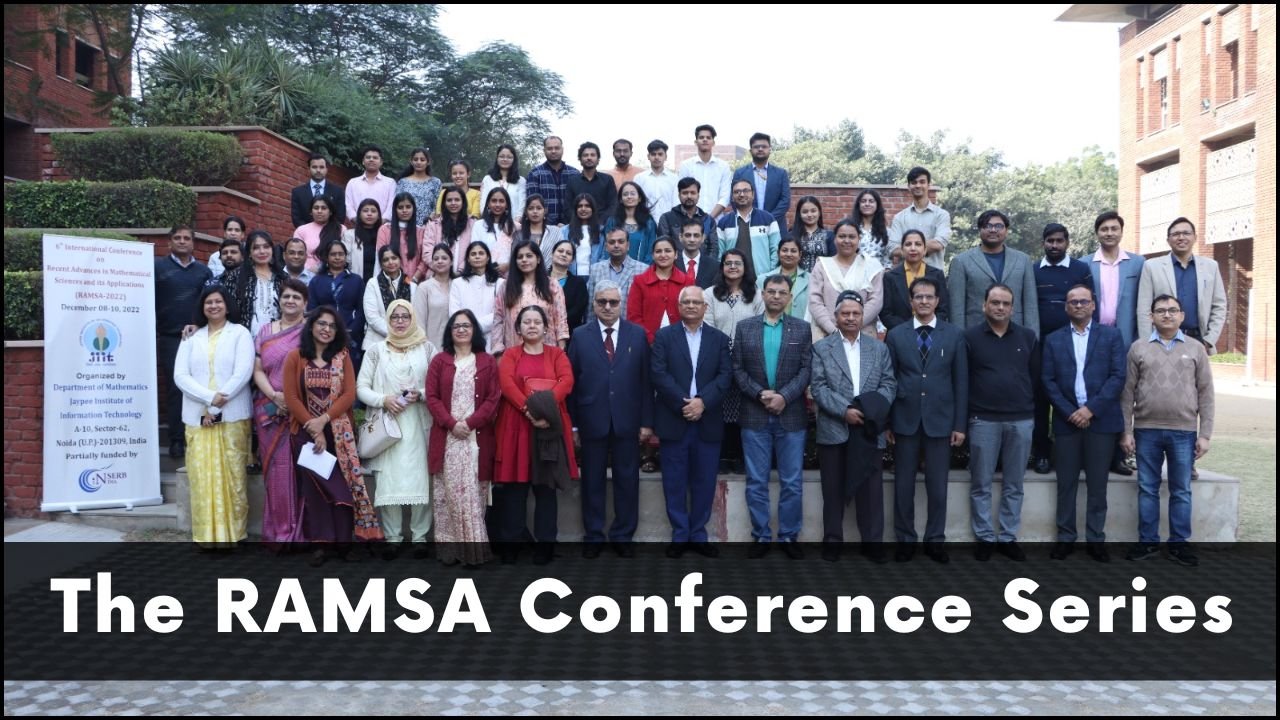
In today’s technology-driven world, data science stands out as one of the most influential disciplines shaping modern society. From predicting market trends to enabling self-driving cars, data science is transforming industries and lives. At the heart of this revolution, often operating quietly behind the scenes, is pure mathematics. Though traditionally viewed as abstract and theoretical, pure mathematics provides the foundational language and logic that empower data science to function, evolve, and thrive.
This article explores how the intricate world of pure mathematics intersects with data science, revealing a synergy that fuels innovation, precision, and progress.
Table of Contents
The Foundations: Mathematics as the Backbone of Data Science
Data science is often defined as a multidisciplinary field combining statistics, computer science, and domain-specific knowledge to extract insights from data. However, what’s sometimes overlooked is the foundational role of pure mathematics. Concepts from areas like linear algebra, probability theory, real analysis, and number theory underpin many of the algorithms and models that drive data science.
For instance, linear algebra is essential in machine learning, especially in operations involving vectors and matrices, such as training neural networks. Calculus and optimization theory are critical in gradient descent algorithms, which help models minimize error. Even set theory and logic, pillars of pure mathematics, are key to structuring data and building robust algorithms.
Algebra and Linear Structures in Machine Learning
Algebraic structures, groups, rings, and fields might seem far removed from practical applications. However, these structures help data scientists understand the symmetry, transformation, and invariance properties of models, especially in deep learning and computer vision.
Moreover, linear algebra plays a central role in everything from recommendation systems to natural language processing. Concepts such as eigenvalues and eigenvectors are used in Principal Component Analysis (PCA), a popular technique for reducing the dimensionality of datasets while preserving essential features.
Probability Theory and Statistical Inference
Probability, a branch of pure mathematics, is the lifeblood of predictive modeling. Whether it’s Bayesian inference or hypothesis testing, the principles of probability guide how data scientists make assumptions, test models, and draw conclusions.
Advanced topics like measure theory provide a rigorous foundation for probability, allowing for more nuanced understanding of continuous data and stochastic processes. These mathematical insights help build models that better reflect real-world uncertainties and complexities.
Number Theory and Cryptography
While data science focuses largely on insights from data, security and integrity of that data are equally important. This is where number theory, a classical field of pure mathematics, intersects with modern data practices.
Number theory forms the backbone of encryption algorithms used in securing sensitive data, an essential requirement for sectors like finance, healthcare, and e-commerce. Cryptographic protocols such as RSA rely on the difficulty of factoring large prime numbers, a direct application of number-theoretic principles.
Topology and Geometry in Data Science
Topology and geometry, often considered abstract fields, are increasingly being applied in data science through the growing field of topological data analysis (TDA). TDA examines the shape or structure of data, helping to identify clusters, holes, and patterns in high-dimensional datasets that traditional methods might miss.
Geometric deep learning is another burgeoning area that leverages the structure of non-Euclidean spaces (like graphs and manifolds) to process data with complex relationships, such as social networks, protein structures, and 3D modeling.
Logic, Algorithms, and Computation
Logic, another core area of pure mathematics, influences how data scientists construct algorithms. Formal logic ensures clarity, precision, and correctness in algorithm design. Concepts such as predicate logic and proof theory not only assist in developing consistent models but also help in reasoning about the models’ behavior.
Additionally, the field of computational complexity, a branch that merges mathematics with computer science, guides data scientists in evaluating the efficiency of their algorithms, helping them balance accuracy with resource constraints.
Bridging the Gap: A Two-Way Relationship
Interestingly, the intersection of data science and pure mathematics is not a one-way street. While mathematics strengthens data science, the explosion of data-driven applications also challenges and expands the boundaries of pure math. Questions arising from real-world data often lead to new mathematical inquiries. For example, the need for better dimensionality reduction techniques or more efficient optimization algorithms can inspire novel mathematical theories.
This mutual enrichment has led to the emergence of hybrid disciplines like computational mathematics, algorithmic algebra, and data-driven topology, demonstrating that the interplay between theory and application can open up vast new frontiers.
Final Notes
The collaboration between data science and pure mathematics is not just beneficial, it is essential. Pure mathematics brings rigor, clarity, and depth to data science, enabling it to move beyond surface-level insights to more robust, scalable, and interpretable models. At the same time, data science offers mathematicians a vibrant field where theoretical concepts can find real-world expression and impact.
In a rapidly evolving digital landscape, the fusion of these two fields offers immense potential. Whether you’re a mathematician drawn to real-world applications or a data scientist seeking to deepen your theoretical foundation, embracing this intersection will open up a world of opportunity for innovation, discovery, and growth.





